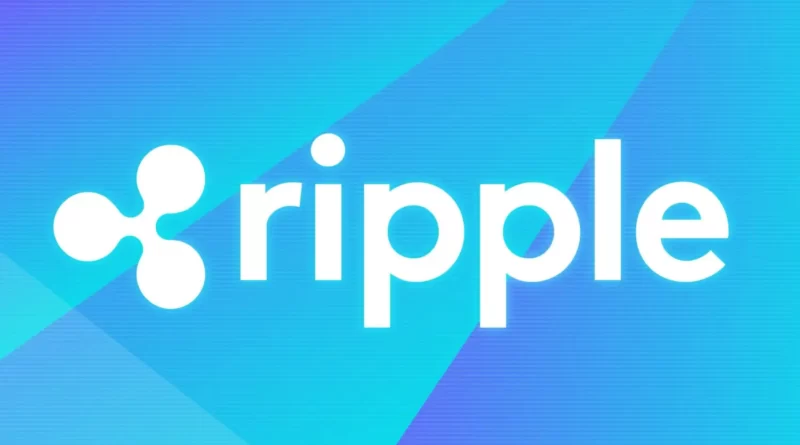The Resilience of XRP: Analyzing the Performance and Potential of Ripple’s Digital Asset
The Resilience of XRP
Ripple’s digital asset, XRP, has proven to be one of the most resilient cryptocurrencies in the market. Despite its volatility and the challenges faced by the broader cryptocurrency industry, XRP has managed to maintain its position as one of the top digital assets. In this article, we will analyze the performance and potential of XRP, examining its historical performance, market presence, user base growth, and its role within Ripple’s ecosystem. We will also delve into the regulatory challenges it faces and explore expert opinions on its price performance and potential for institutional adoption. By the end of this analysis, we will have a comprehensive understanding of XRP’s current standing and future prospects.
Historical Performance of XRP: A Closer Look
To understand the resilience of XRP, it is vital to examine its historical performance. XRP was initially released in 2012, and since then, it has experienced significant fluctuations in price, mirroring the volatility of the broader cryptocurrency market. However, despite these fluctuations, XRP has consistently maintained its position among the top digital assets, demonstrating its resilience and ability to withstand market turbulence. It has also shown impressive growth over the years, with substantial price increases during bull markets.
Evaluating Ripple’s Digital Asset Market Presence
Ripple’s digital asset, XRP, has established a strong market presence. As of today, XRP is one of the top cryptocurrencies by market capitalization, trailing only Bitcoin and Ethereum. This market presence is largely due to Ripple’s strategic partnerships with financial institutions and payment providers across the globe. These partnerships have facilitated the integration of XRP into various financial systems, increasing its visibility and adoption.
XRP’s Potential for Global Financial Integration
One of the key strengths of XRP lies in its potential for global financial integration. Ripple’s vision for XRP is to be a bridge currency, facilitating fast and low-cost cross-border transactions. This potential has attracted the attention of numerous financial institutions, as XRP offers a viable solution to the inefficiencies and high costs associated with traditional cross-border transactions. As more financial institutions embrace blockchain technology, XRP’s potential for global financial integration is likely to increase further.
Adoption Trends: Analyzing XRP’s User Base Growth
The growth of XRP’s user base is a crucial indicator of its adoption and potential. Over the years, XRP has witnessed a steady increase in its user base, reflecting a growing interest in its utility and potential for financial transactions. This growth is partly driven by Ripple’s partnerships, as it enables XRP to be integrated into existing financial infrastructures. Additionally, the ease and speed of XRP transactions have attracted various remittance companies and individuals seeking efficient cross-border payments.
XRP vs. Competitors: Comparative Analysis
While XRP has managed to establish itself as a leading digital asset, it faces strong competition from other cryptocurrencies in the market. Bitcoin and Ethereum, in particular, are XRP’s main competitors in terms of market capitalization and adoption. While Bitcoin holds the position as the dominant cryptocurrency, XRP differentiates itself by focusing on providing faster and cheaper transactions. Understanding the comparative strengths and weaknesses of XRP and its competitors is crucial to assessing its resilience and potential for growth.
XRP’s Role in Ripple’s Ecosystem: Analyzing Synergies
XRP plays a pivotal role within Ripple’s ecosystem, as it serves as a bridge currency and a liquidity tool. It facilitates real-time settlement, enabling seamless transfers between different fiat currencies. The integration of XRP within Ripple’s products and services strengthens its utility and potential for adoption. Additionally, XRP’s close ties to Ripple provide a strong foundation for its continued growth and resilience.
Examining XRP’s Volatility and Market Stability
Volatility is an inherent characteristic of the cryptocurrency market, and XRP is not exempt from it. XRP has experienced significant price swings, often influenced by market sentiment and external factors. However, recent years have shown signs of increased stability in XRP’s price, as the market matures and regulatory clarity improves. Evaluating XRP’s volatility and market stability is crucial in understanding its resilience and potential for long-term growth.
Regulatory Challenges: Implications for XRP’s Future
Like other cryptocurrencies, XRP faces regulatory challenges that could impact its future. Regulatory uncertainty can lead to market volatility and hinder widespread adoption. Ripple has faced legal action from the U.S. Securities and Exchange Commission (SEC) regarding the classification of XRP as a security. The outcome of this legal battle will undoubtedly have implications for XRP’s future. Understanding the regulatory landscape and its potential effects on XRP is essential for assessing its resilience and long-term prospects.
Forecasting XRP’s Price Performance: Expert Opinions
Forecasting the price performance of any cryptocurrency is challenging, and XRP is no exception. However, various experts and analysts provide insights and opinions on XRP’s potential price trajectory. These predictions are based on factors such as market trends, technological advancements, adoption rates, and regulatory developments. While these forecasts should be taken with caution, they provide valuable perspectives on XRP’s potential future performance.
XRP’s Potential for Institutional Adoption: An Analysis
Institutional adoption of cryptocurrencies has been a significant driver of market growth. XRP has already gained traction among some financial institutions, and its potential for further institutional adoption is promising. The benefits of using XRP, such as fast and low-cost transactions, make it an attractive option for institutions seeking to streamline their cross-border payment processes. Examining XRP’s potential for institutional adoption provides essential insights into its resilience and potential for widespread use.
Conclusion: Outlook and Future Prospects for XRP
Despite the challenges faced by the broader cryptocurrency industry, XRP has showcased remarkable resilience and maintained its position among the top digital assets. Its historical performance, market presence, and potential for global financial integration demonstrate the strength of Ripple’s digital asset. While XRP faces competition, regulatory challenges, and market volatility, its strategic partnerships, growing user base, and close ties to Ripple’s ecosystem provide a solid foundation for its future prospects. As the market continues to evolve and regulatory clarity improves, XRP’s resilience and potential for growth are likely to be further enhanced.



